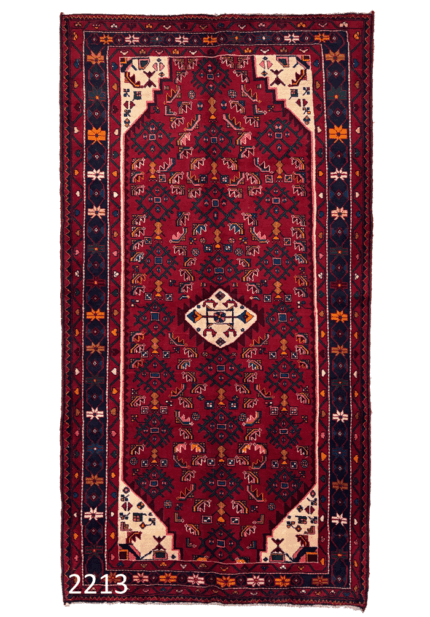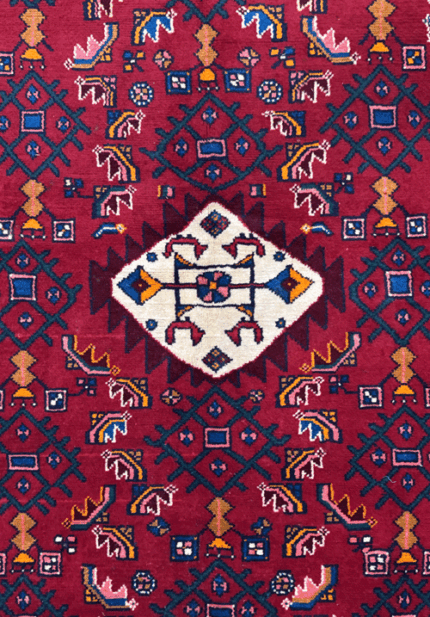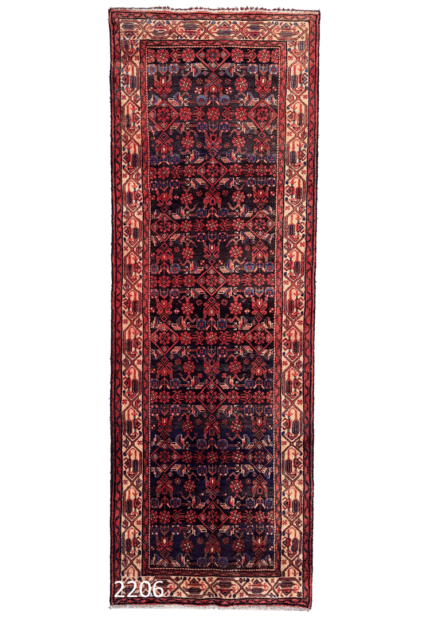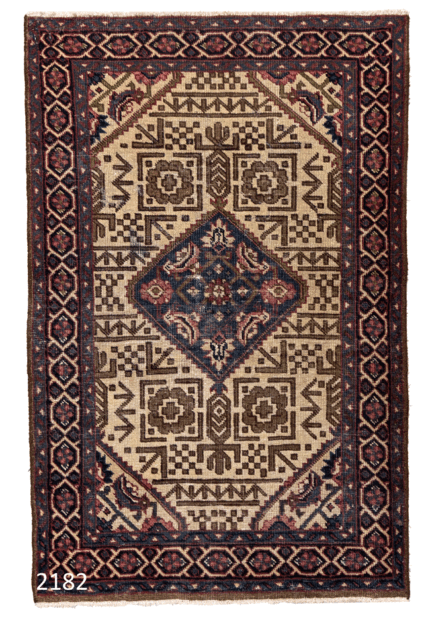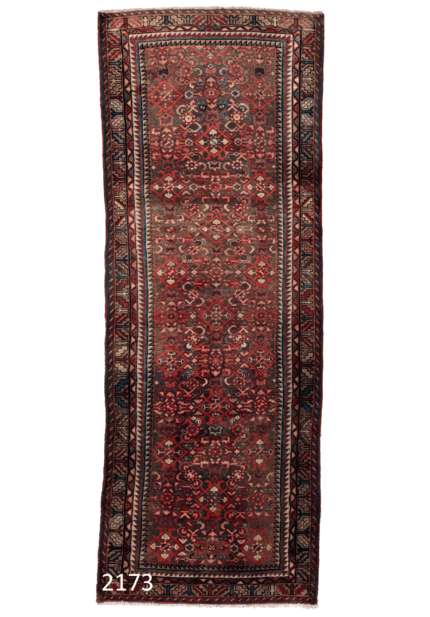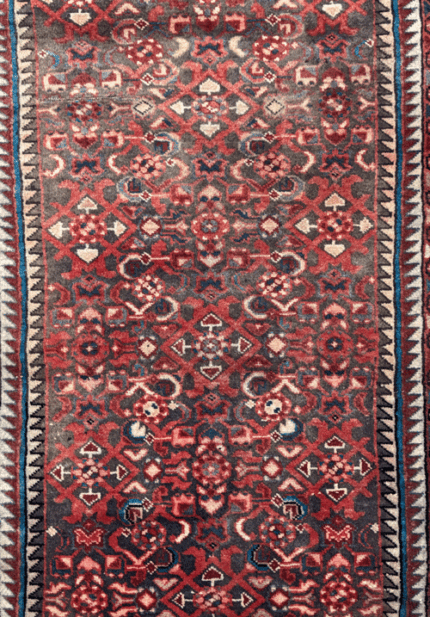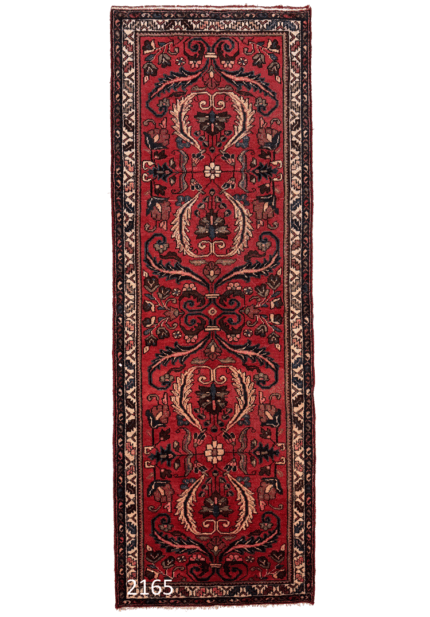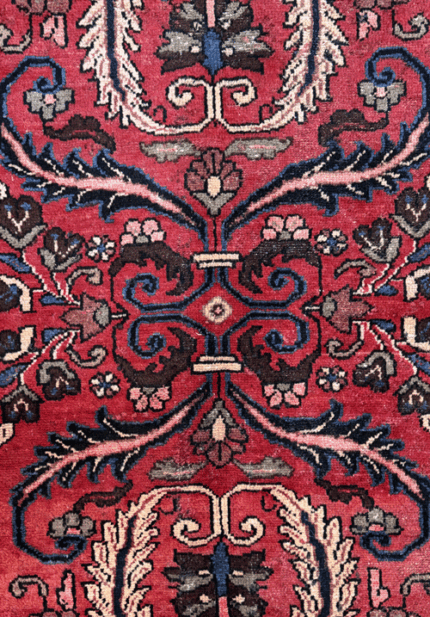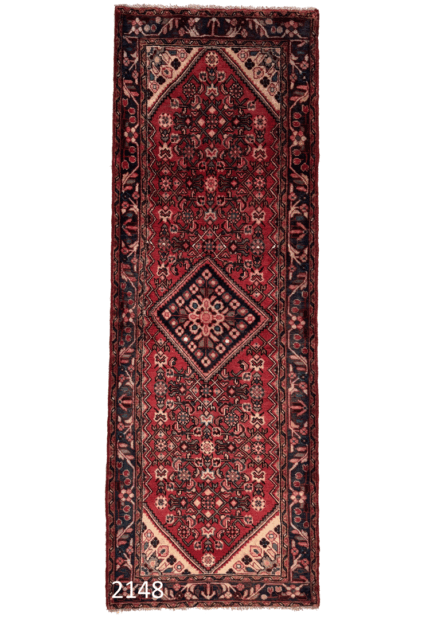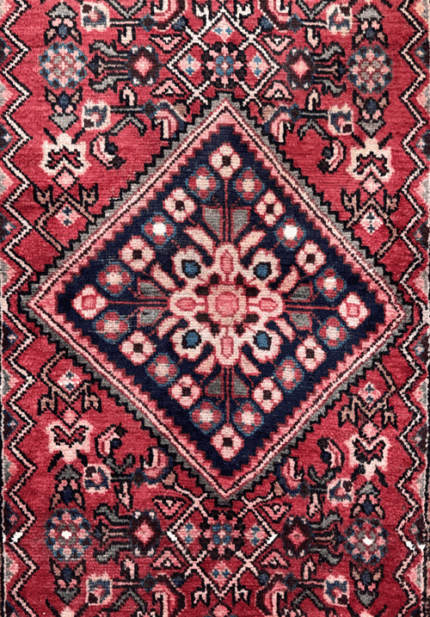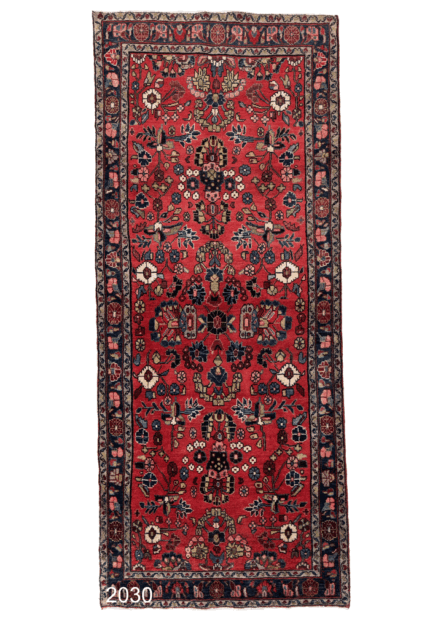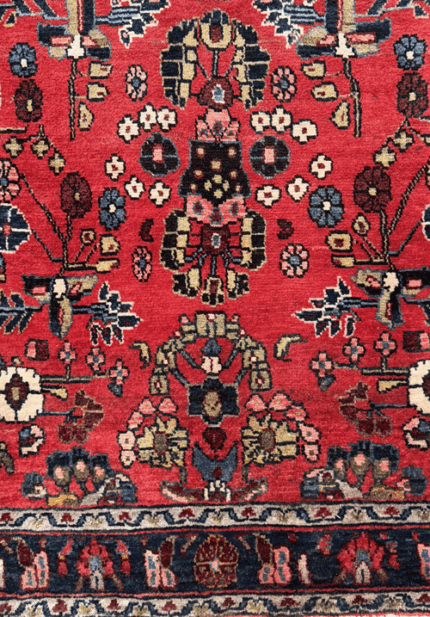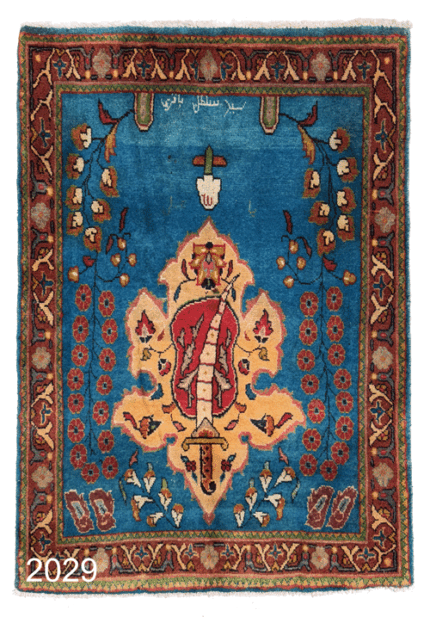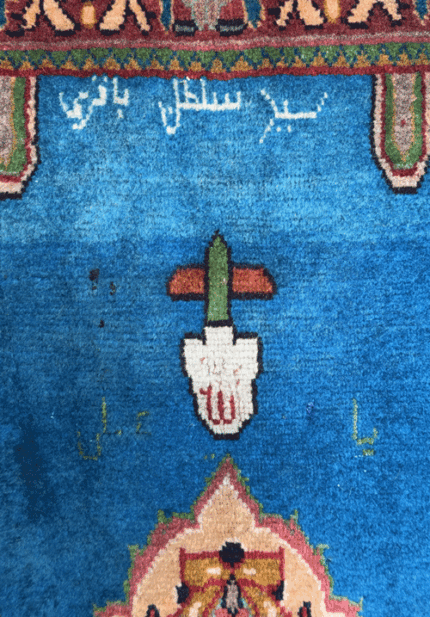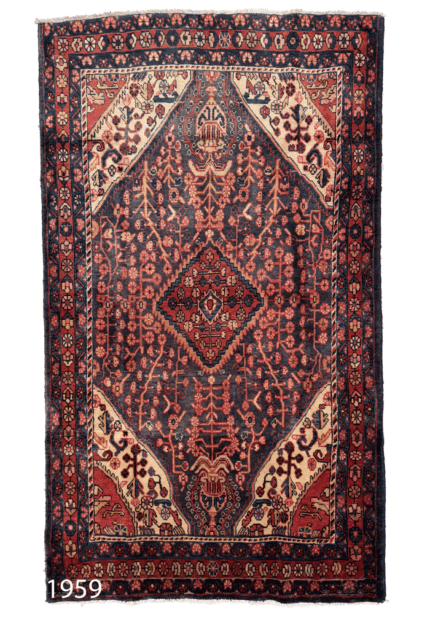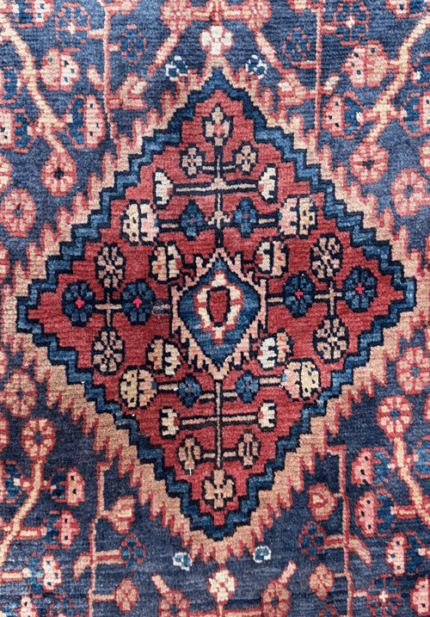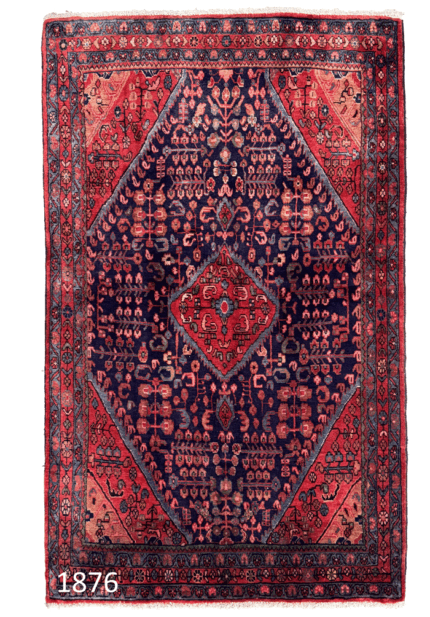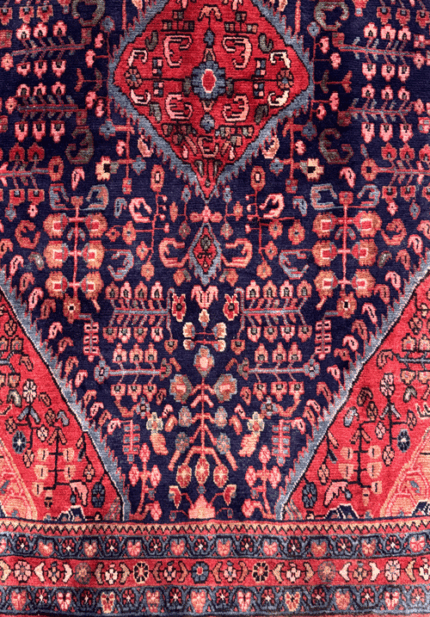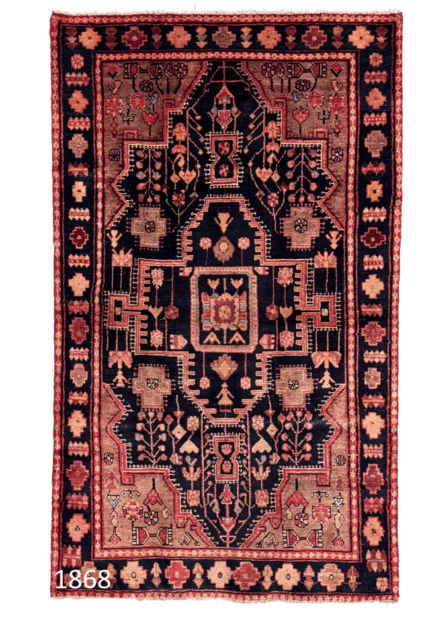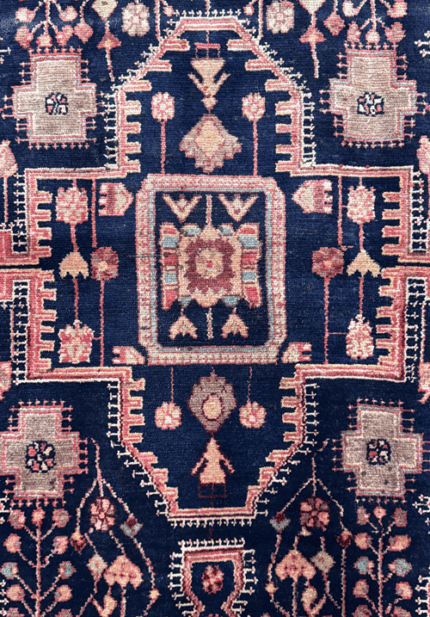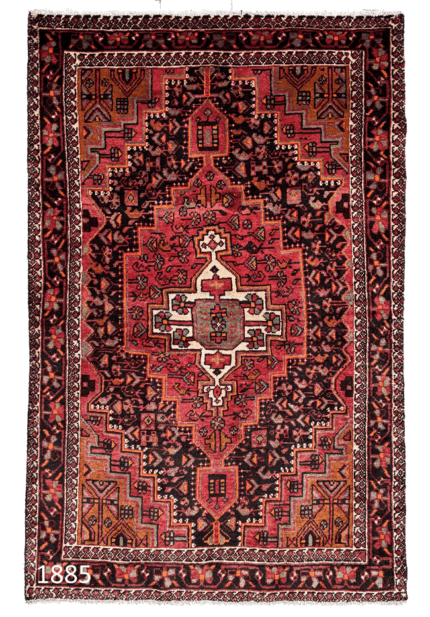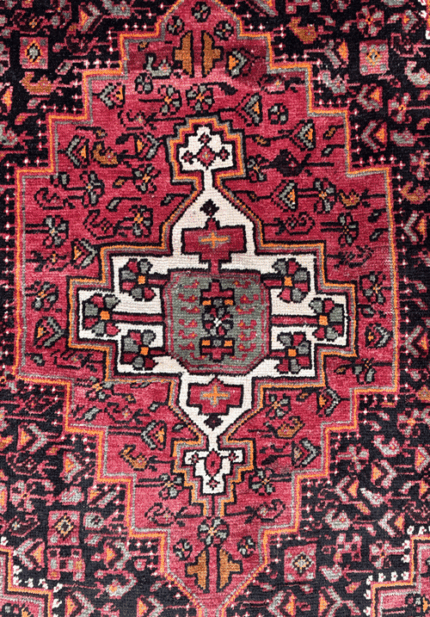Hamedan Rug
Showing 1–12 of 16 resultsSorted by latest
Iranian Village Rugs from Hamadan: Diversity in Every Knot
Located in western Iran, Hamadan Province is one of the most prolific and historically rich rug-producing regions in the country. Known for its astonishing diversity, Hamadan hosts dozens of rug-weaving villages, each with its own distinct motifs and color combinations. From the tribal masterpieces of Malayer, Nahavand, and Borchelou, to the classic designs of Mehraban, Enjilas, Bahar, and Hamadan city itself—this region offers one of the most varied collections of Iranian village rugs in the entire Persian carpet landscape.
Most Hamadan rugs feature bold geometric designs, often rendered with strong symmetry and repetition. While animals and birds occasionally appear in the motifs, abstraction dominates. These rugs are typically woven using high-grade wool, particularly from the sheep of Mehraban, known for their soft yet durable fleece—a factor that contributes significantly to the quality of these handmade textiles.
Although flatweaves (kilims) are rare in this province, rug weaving in Hamadan has reached exceptional levels of technical and artistic refinement. Each village may produce multiple pattern types, making Hamadan carpets an ideal choice for collectors who value both variety and authenticity in Persian and Iranian tribal weaving.

